As a young photojournalist in 1991, I set off for Yugoslavia, as rumors of the country’s imminent implosion were beginning to circulate. Upon arrival, I took a train bound for Slovenia, where I encountered a young woman. She was seated on the train, and crying. In response to asking her if she was OK, she said, in measured, prophetic words: “It has begun. First Slovenia, then Croatia, and then Bosnia, and more beyond. Yugoslavia is no more.” I responded naively, “Don’t worry. The world will never let that happen.” I then spent five of the next ten years documenting everything she had predicted. At the end of all the wars I created a book and short film Blood and Honey: A Balkan War Journal in order to remind all of us of what happened and why.
-Ron Haviv
Videos by VICE
December 14 marked two decades since the official end of the Bosnian War and all the bloodshed that it encompassed. In light of the anniversary I wanted to revisit Ron Haviv’s Blood and Honey and ask him a couple of questions about the role of photojournalism then versus its role now, and when aesthetics disrupt documentation. Haviv is a veteran conflict photographer and cofounder of VII agency, a unique organization owned and managed by its members.
– Elizabeth Renstrom, VICE Photo Editor.
VICE: What were you hoping these pictures would accomplish and what was your commitment to consistently covering the entire war?
Ron Haviv: My motivation with much of my work is to bring issues to the attention of the public and those that have the opportunity or power to make changes. The dissolution of Yugoslavia took place in several parts, many of which were easily predicted.
For instance, by the time the question of Bosnia’s fate came up, two wars and secessions had already occurred. I witnessed and documented executions of some of the first Bosnian civilians killed, just days before the official start of that war. My work was published around the world and I believed that it would galvanize the world into action. But nothing happened. The war started the following week, ultimately resulting in thousands of deaths and millions of refugees, as well as creating the scene for more wars to follow. As I continued to document, the conflict became ever more brutal for civilians, who were trying to survive amidst vicious fighting. The journalists there attempted to show this, but still there was no real effective reaction.
At one point, I was told to go home by the people I thought I was trying to help. They wanted me to leave, and to leave them alone. As I considered that option, I realized that if I and my colleagues left, there would be no record of the atrocities being committed. Even as our work failed, day in and day out, it needed to exist, in order to function, someday, as a body of evidence to hold people accountable for their actions and more importantly their inactions. As a journalist, the idea is to bring information to the surface, to shed light on what much of the world can’t see in person. In this case, my realization was that most of the time that work fails in the present, but I also understood that such work takes on a new life as an evidentiary record of events—and that insight fostered my commitment to spending over five years of my life documenting the dissolution of Yugoslavia.
How do you feel about the years following the conflict?
Bosnia is a country that was born from conflict. Lives were lost and ruined on all sides, and I am saddened it is not where it should be at this time. It is still a place rife with ethnic divisions social, political, and infrastructural issues. I had hope that the country would be moving forward at a faster pace. I find that the current situation is an insult to all those affected by the war.
What do you think a photojournalist’s first and top priority is?
Communication is the foundation of what we do. I have a responsibility to be the public’s eyes and to show you what you otherwise would not see, whether in your city, your country or abroad.
Have you ever stepped in and helped a subject? Did you in this series ever cross that line?
There have certainly been times when people have been helped, whether via my simple presence at a scene or by my actual intervention. I have bandaged wounds, taken victims to the hospital, and brought people to safety. There also, unfortunately, have been times when there was nothing that I could do and people have been executed in front of me. My personal belief is to help when and where I can as long as I will survive. When it is apparent that I cannot intervene, I will make sure to do my best to document what happened and hopefully help in holding perpetrators responsible for their actions.
What motivated you to start the VII photo agency, which is owned by its member photographers?
The business of photography and the freelance photographer’s role has gone through many changes over the years. Agencies such as Magnum were created and owned by photographers to protect and help each other succeed. Years later other agencies such as Sygma, Sipa, and Gamma were created with the similar ideas to protect and help. As time moved on more and more photo agencies appeared.
By 2000 the business of owning and representing photographers had attracted the attention of people like Bill Gates, who owns the Corbis agency, and Mark Getty of Getty images. They started buying small agencies, including one that represented four of the founders of VII. Upon the sale we realized that we didn’t have complete control over our careers and it was time to try something new. It was an important realization that we needed to be responsible for all aspects of our work. Using the Magnum model we invited three other friends and started VII on September 9, 2001. Two days later the world changed and we have been documenting ever since.
How do you fell about David Shield’s criticism of the way we sometimes cover conflict in his new book, War Is Beautiful: The New York Time Pictorial Guide to the Glamour of Armed Conflict? What limits would you place on stylizing photographs that document atrocity?
I am highly conscious of the aesthetics of my work. I strive to draw the viewer in, to engage him or her with my images through the use of color, light and composition. When that dynamic is established, the content itself will be much harder for the viewer to ignore. My limitations are quite simple: The stylization cannot overcome the content to the point that one doesn’t understand what is happening in the image. It is a fine line, but an important one. In short, for me, aesthetic qualities should never bury content.
With the ubiquity of photography in our culture today, how does this change photojournalism? What are some qualities you still think should remain the same in a photojournalist despite the fact that we all have cameras now?
Today there seems many confusing, even competing, definitions of what a photojournalist is. But while everyone has cameras and creates images, there are, I believe, critical aspects that go into photojournalism. The journalist works to contextualize and convey information, always while abiding by the technical and ethical guidelines that structure journalistic endeavor. This is what I do with my photography and my other multimedia work, using images as an author in order to tell a story visually. It is fantastic that there are so many more people our there taking photographs and enjoying photography. I view this as an ever-increasing audience, as people understand and appreciate photography like never before.
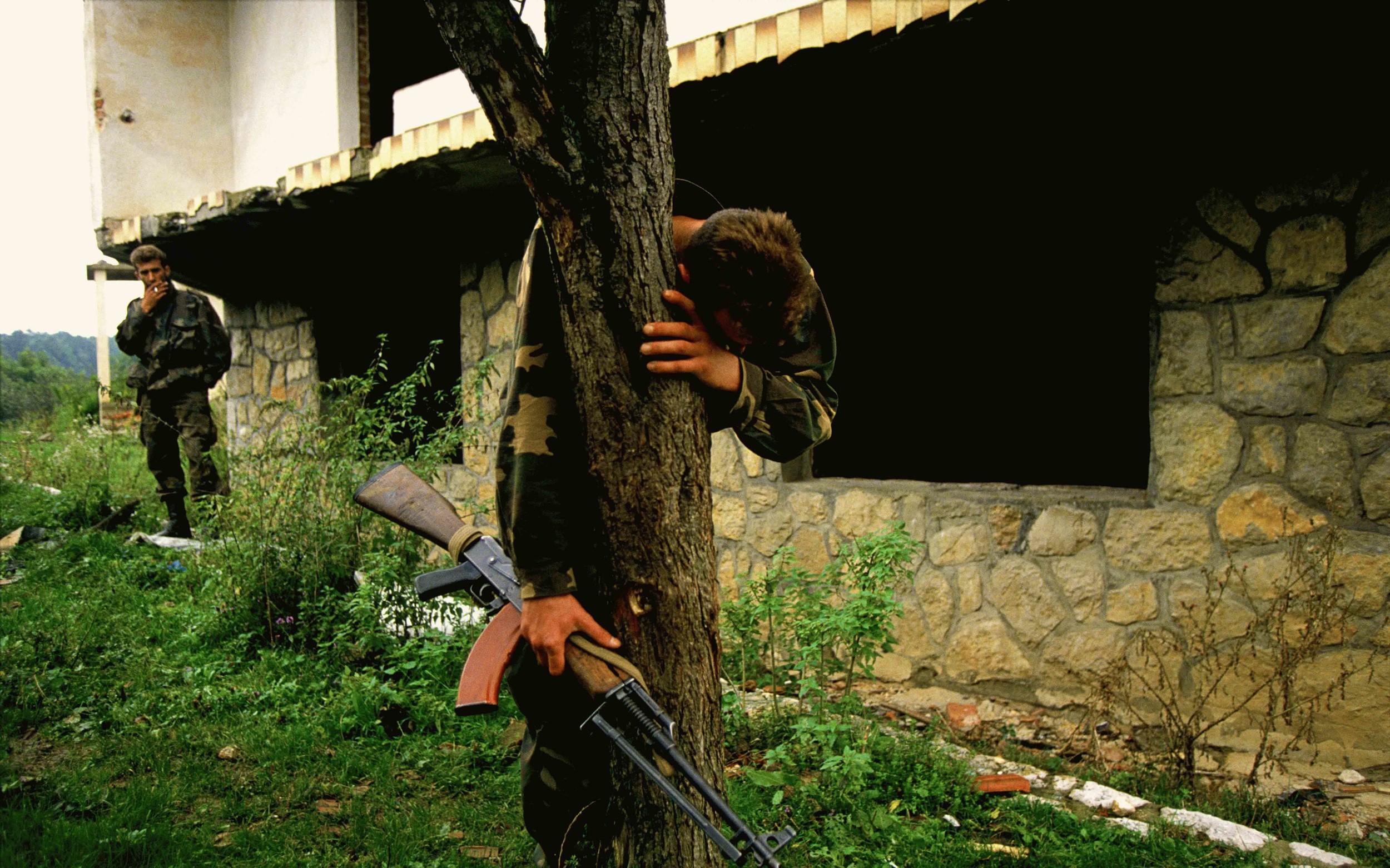
The sole survivor of a massacre finds his home in ruins after the Bosnian army recaptured his village from Serb forces in the fall of 1995. He is standing on what is believed to be a mass grave of 69 people, including his family.
Ron Haviv / VII
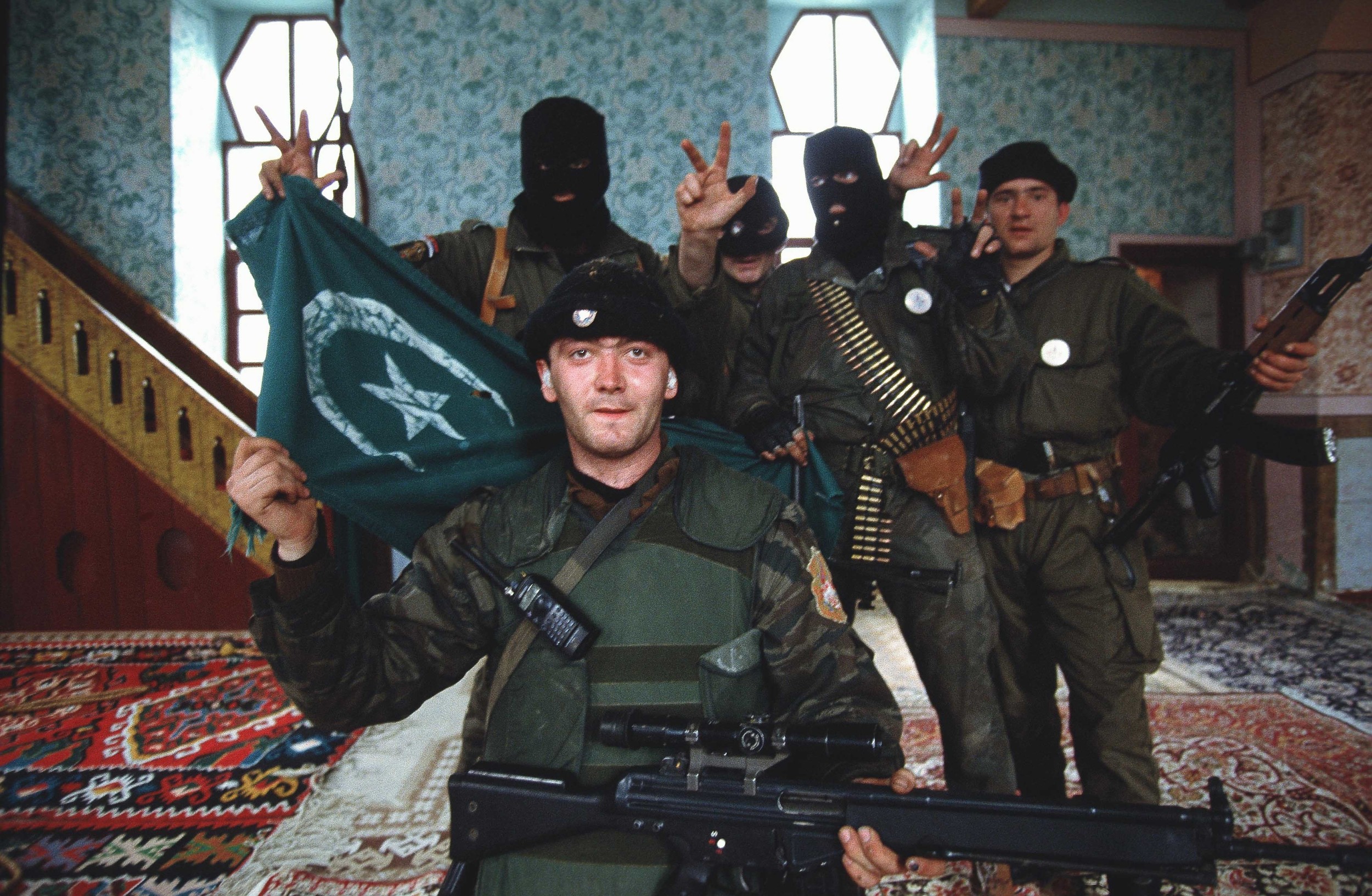
Ron Haviv / VII
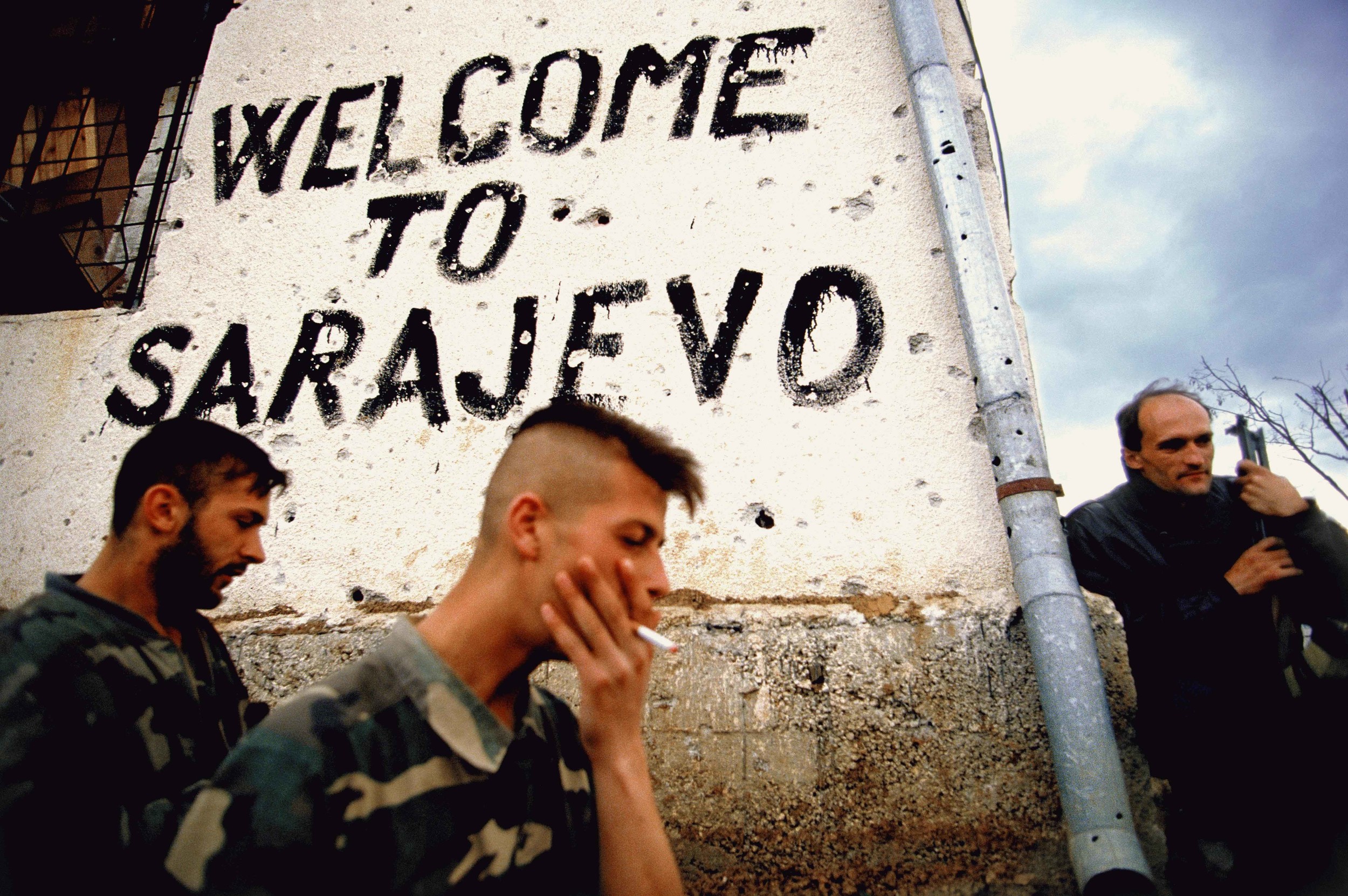
Bosnian soldiers smoke and take a break on the frontline next to a sign that says, “Welcome to Sarajevo” in Sarajevo, Bosnia, in the fall of 1994. Trench warfare took place all around the city.
Ron Haviv / VII
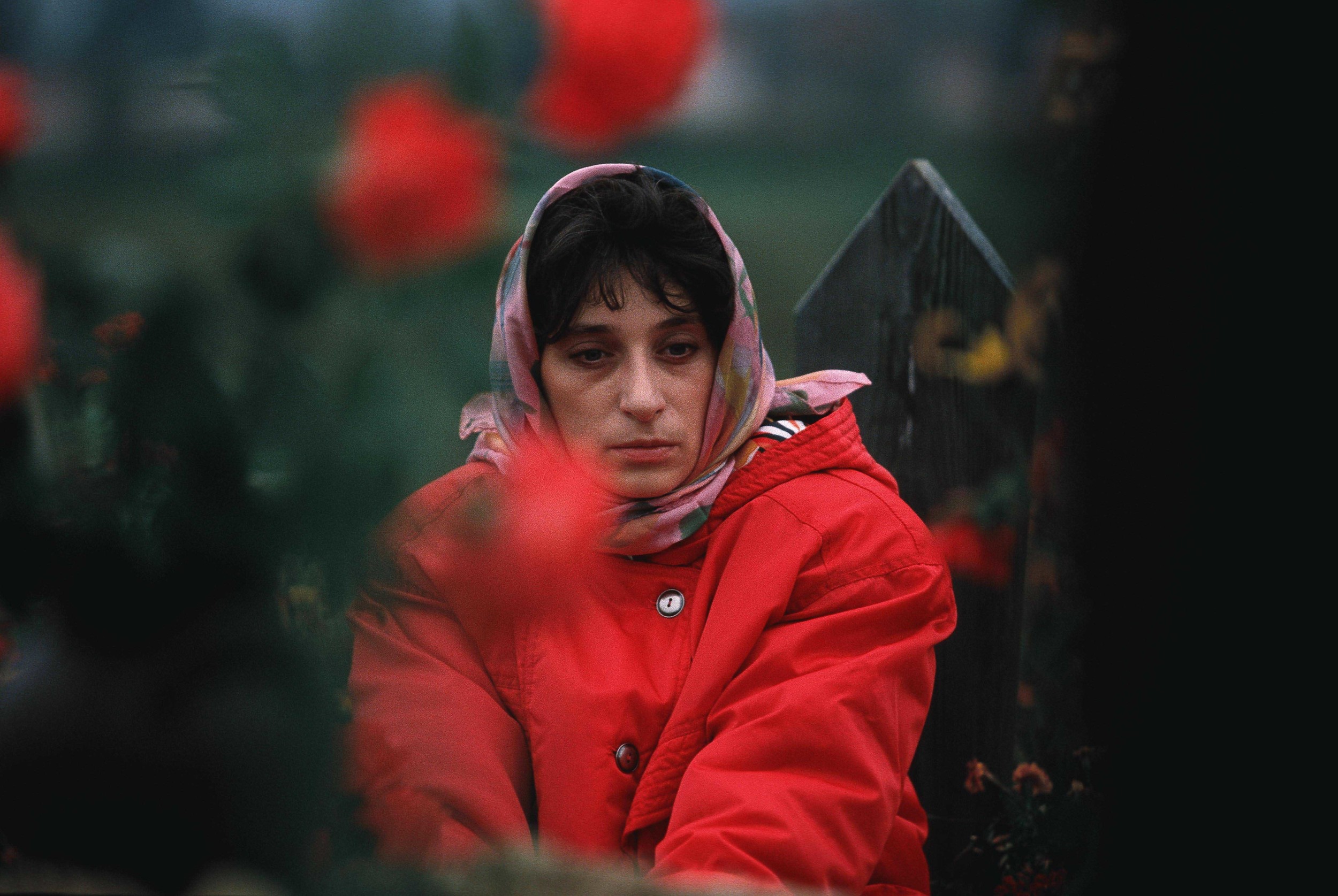
A Bosnian woman visits her husband’s grave in a cemetery in Bihac, Bosnia, that is filled with people who were killed during the Bosnian war.
Ron Haviv / VII

Arkan’s Tigers kill Bosnian Muslim civilians during the first battle for Bosnia in Bijeljina, Bosnia, March 31, 1992. The Serbian paramilitary unit was responsible for killing thousands of people during the Bosnian war, and Arkan was later indicted for war crimes. This image and the series that accompanies it were used for evidence in the International War Crimes Tribunal for the indictment and conviction of Serbian leaders.
Ron Haviv / VII
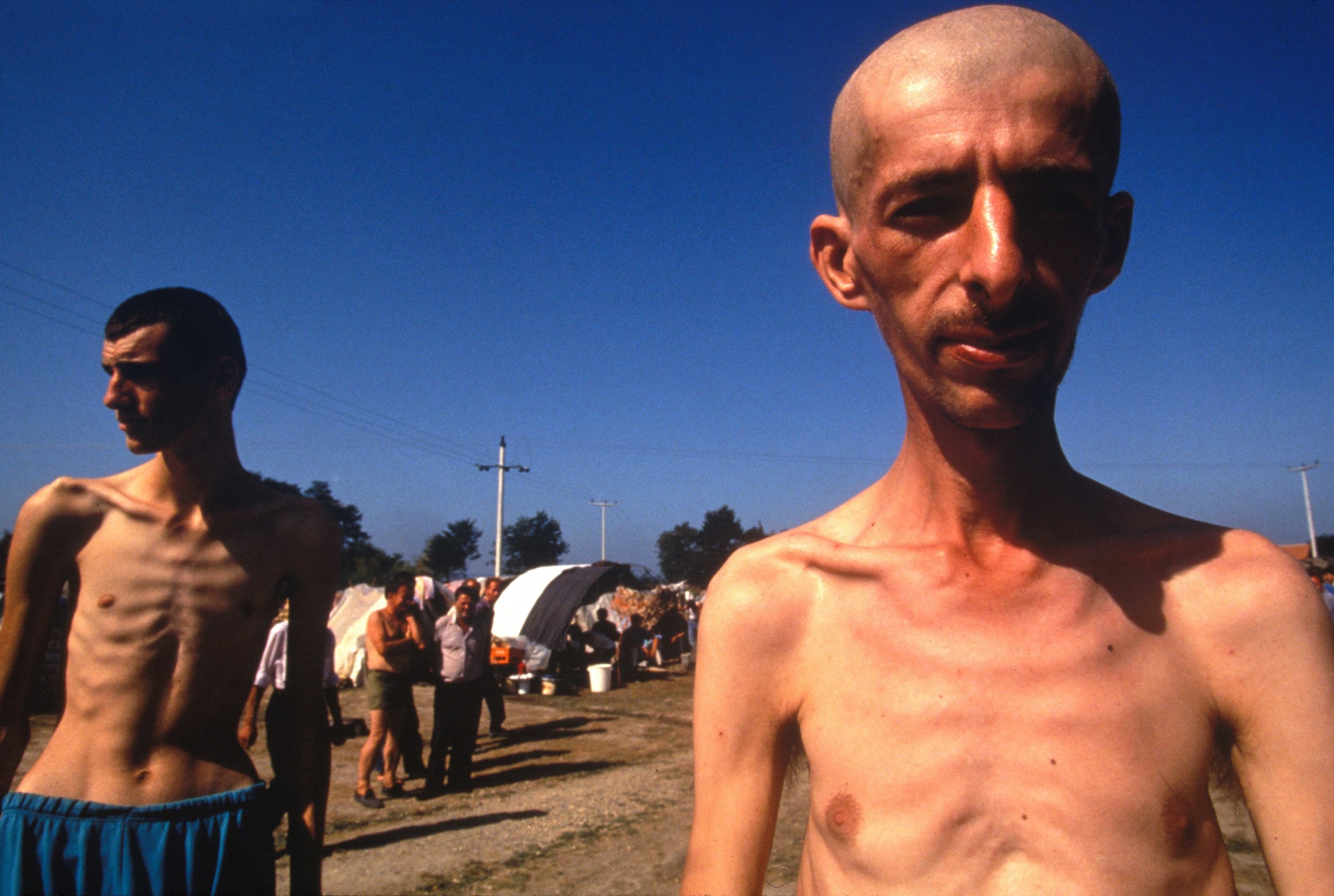
Bosnian and Croatian prisoners of war at the prison camp in Trnopolje, Bosnia, 1992. All sides of the Bosnian conflict ran prison camps, where many people were killed. Several commanders were later indicted for war crimes as a result.
Ron Haviv / VII
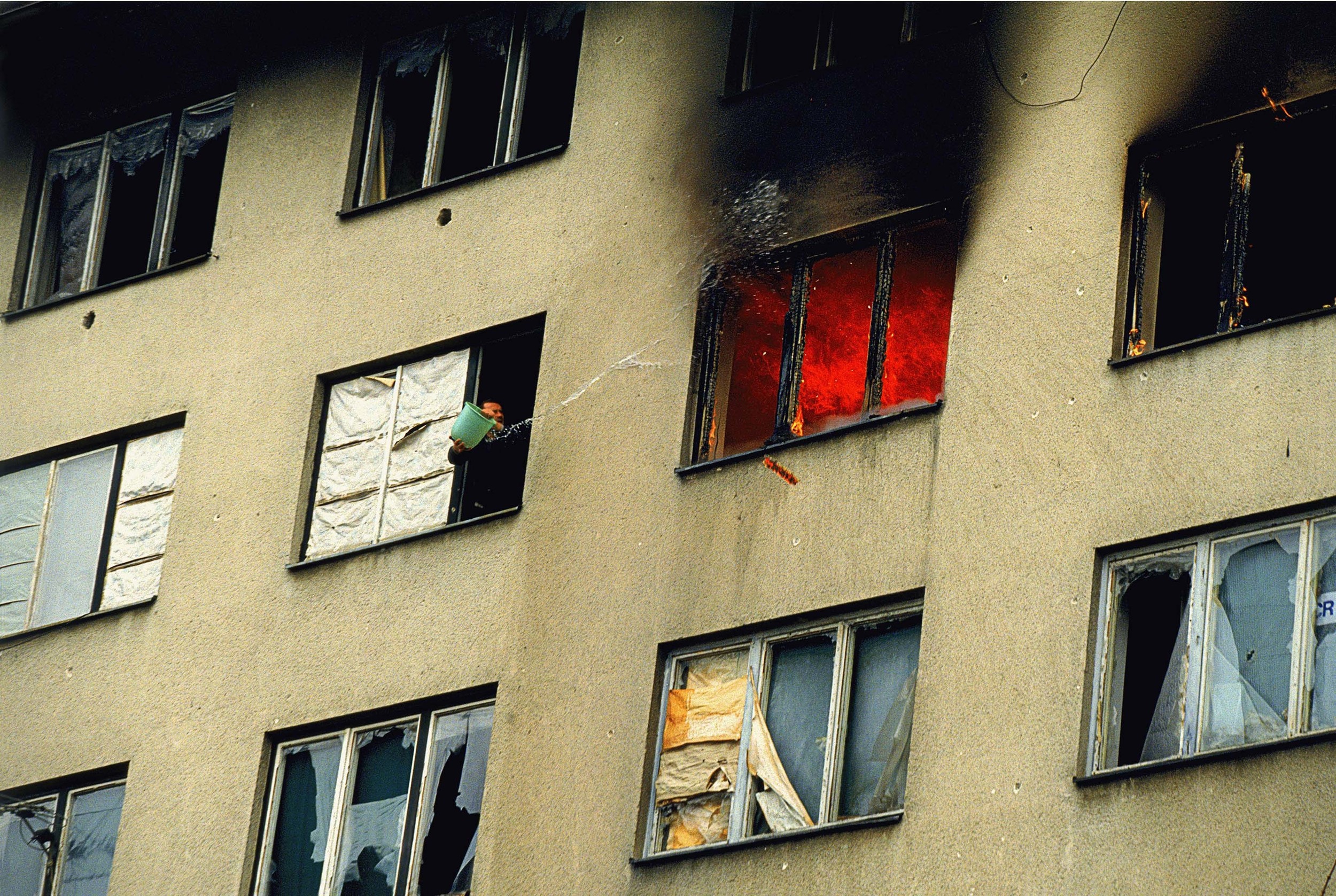
A Serb man attempts to put out a fire that was caused by Serb arsonists in the Sarajevo suburb Grbavica, Bosnia, 1996. The arsonists were trying to force the man to leave the city rather than let him stay under the Muslim-led Bosnian government.
Ron Haviv / VII
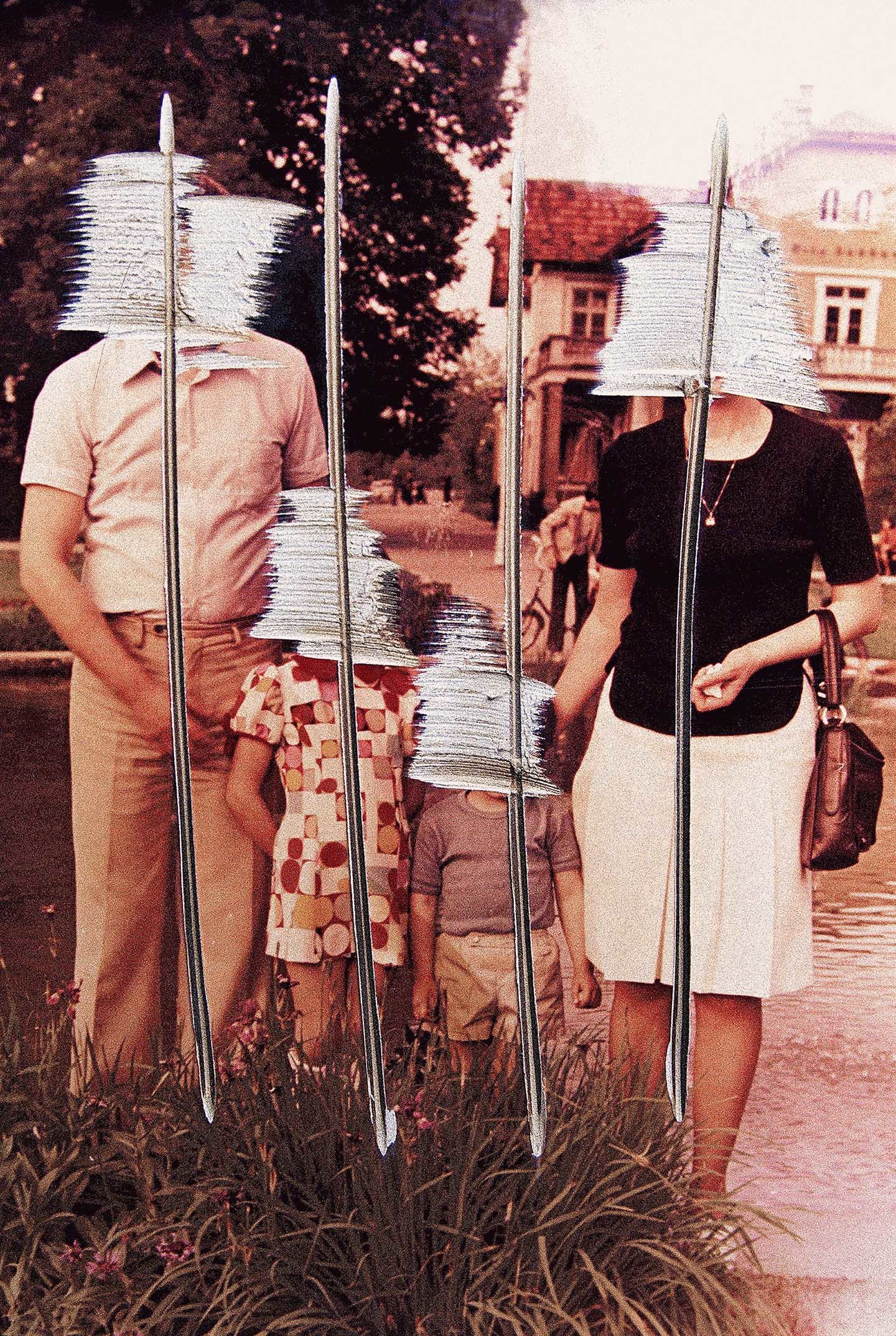
A defaced photograph that was found by a Bosnian family when they returned to their home in a suburb of Sarajevo, Bosnia, 1996. The Serbs who had occupied the house left as the city was reunified under the Muslim-led Bosnian government, taking the Bosnian family’s furniture and the rest of the belongings from the house, leaving only the photograph.
Ron Haviv / VII
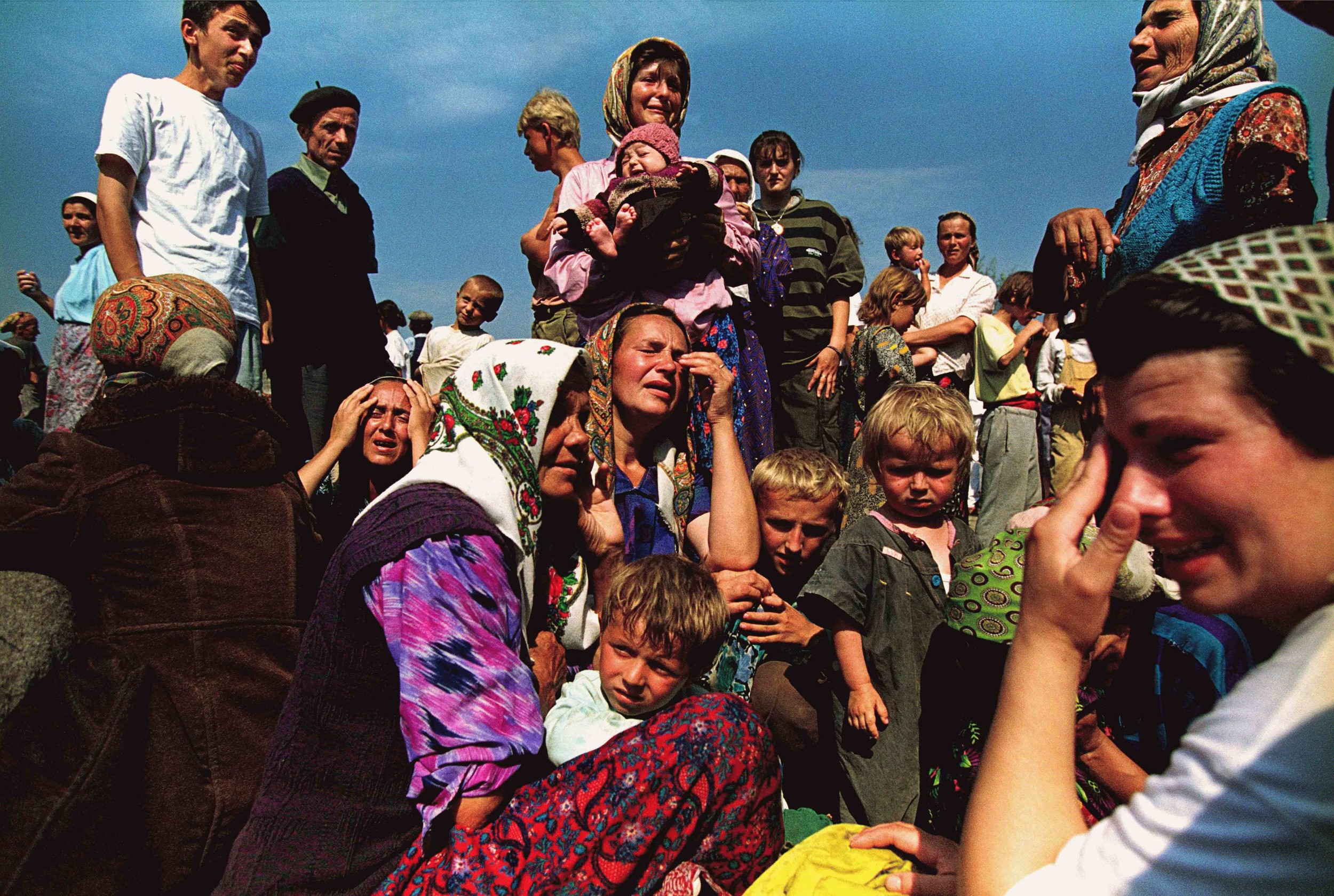
Survivors of the Serb attack on Srebrenica learn of the fall of the United Nations safe haven, Tuzla, Bosnia, 1995. More than 7,000 Bosnian men were killed and tens of thousands were forced to flee during the attack.
Ron Haviv / VII

A Muslim in Bijelina, Bosnia begs for his life after capture by Arkan’s Tigers in the spring of 1992.
Ron Haviv / VII




